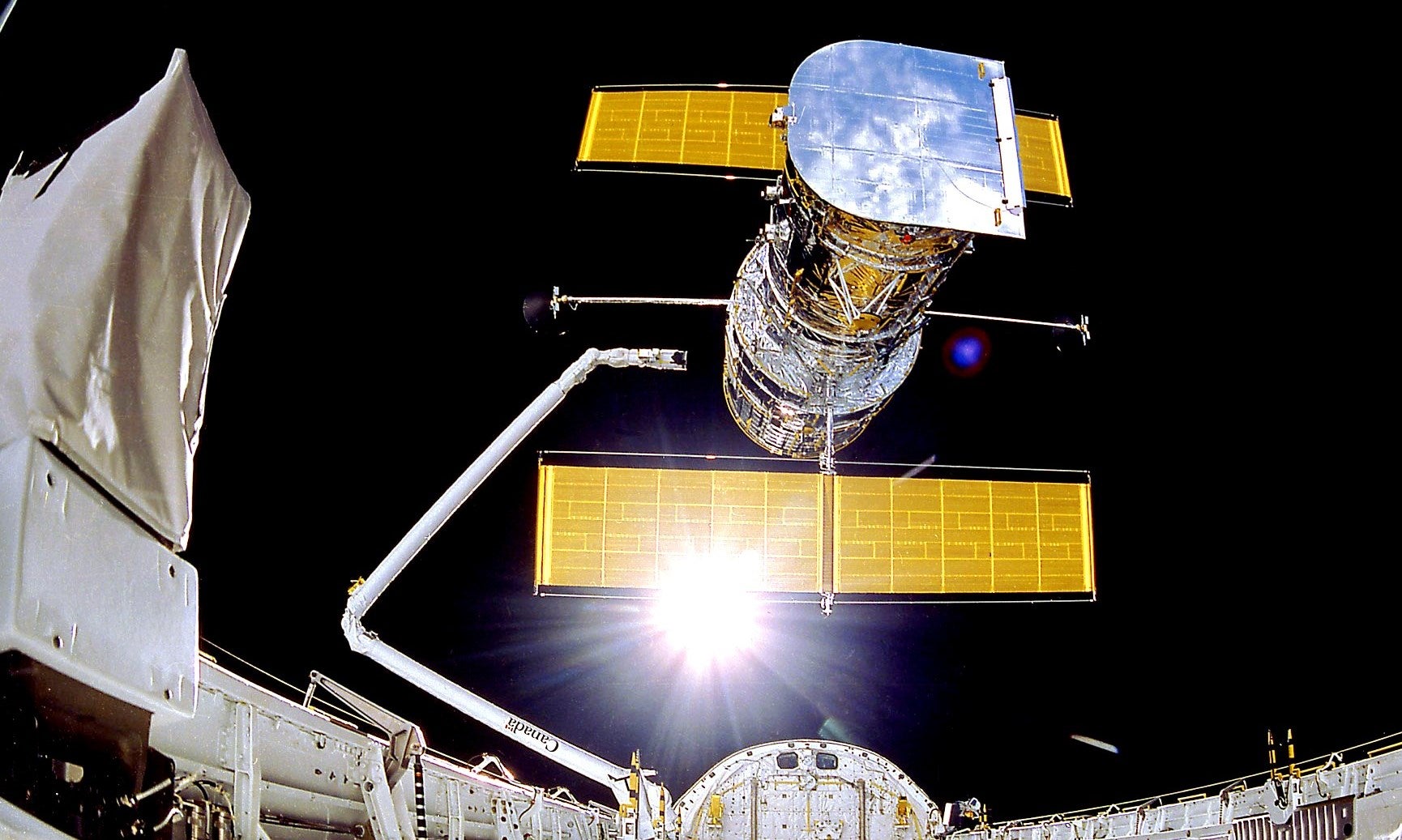Nasa attempting to restart Hubble Space Telescope after it was forced into ‘safe mode’ by computer error
The main computer stopped receiving the ‘keep-alive’ signal, Nasa said

Your support helps us to tell the story
From reproductive rights to climate change to Big Tech, The Independent is on the ground when the story is developing. Whether it's investigating the financials of Elon Musk's pro-Trump PAC or producing our latest documentary, 'The A Word', which shines a light on the American women fighting for reproductive rights, we know how important it is to parse out the facts from the messaging.
At such a critical moment in US history, we need reporters on the ground. Your donation allows us to keep sending journalists to speak to both sides of the story.
The Independent is trusted by Americans across the entire political spectrum. And unlike many other quality news outlets, we choose not to lock Americans out of our reporting and analysis with paywalls. We believe quality journalism should be available to everyone, paid for by those who can afford it.
Your support makes all the difference.A computer glitch put the Hubble Space Telescope and all its scientific instruments in safe mode, Nasa has confirmed.
The $4.7 billion telescope halted on 13 June, with a degrading memory module appearing to be the fault. The main computer stopped receiving the “keep-alive” signal, which is a standard ‘handshake’ (a way of establishing a connection) between the payload and the spacecraft’s main computers.
The main computer automatically put all instruments on the space telescope in safe mode. Nasa restarted the payload computer the following day in an attempt to resume normal operation, but the problem persisted.
Nasa was preparing to switch Hubble to one of its backup modules on 16 June, leaving the computer to run for approximately one day to ensure the problem had been solved, before restarting all instruments and returning to normal operation.
The payload computer on the satellite, a NASA Standard Spacecraft Computer-1 (NSSC-1) system, was built in the 1980s as a part of the Science Instrument Command and Data Handling module – last replaced during a servicing mission in 2009.
The module has various levels of redundancy, which can be activated and deactivated to support the primary system when it needs to.
The Hubble Space Telescope, which has been operating in a low-Earth orbit of 340 miles at 17,000 miles per hour, is set to be soon replaced by the James Webb Space Telescope. Nasa will be sending the new craft into orbit on 31 October aboard an Ariane 5 rocket, giving scientists the opportunity to look back 150 million to 1 billion years after time began – something that has been previously inaccessible to them with Hubble.
Last month, Nasa engineers fully opened the iconic 6.5m wide solar mirror of the James Webb Space Telescope for final tests before its launch, using the same commands and mechanisms on Earth that will control it as it explores the origins of our existence.
Join our commenting forum
Join thought-provoking conversations, follow other Independent readers and see their replies
Comments